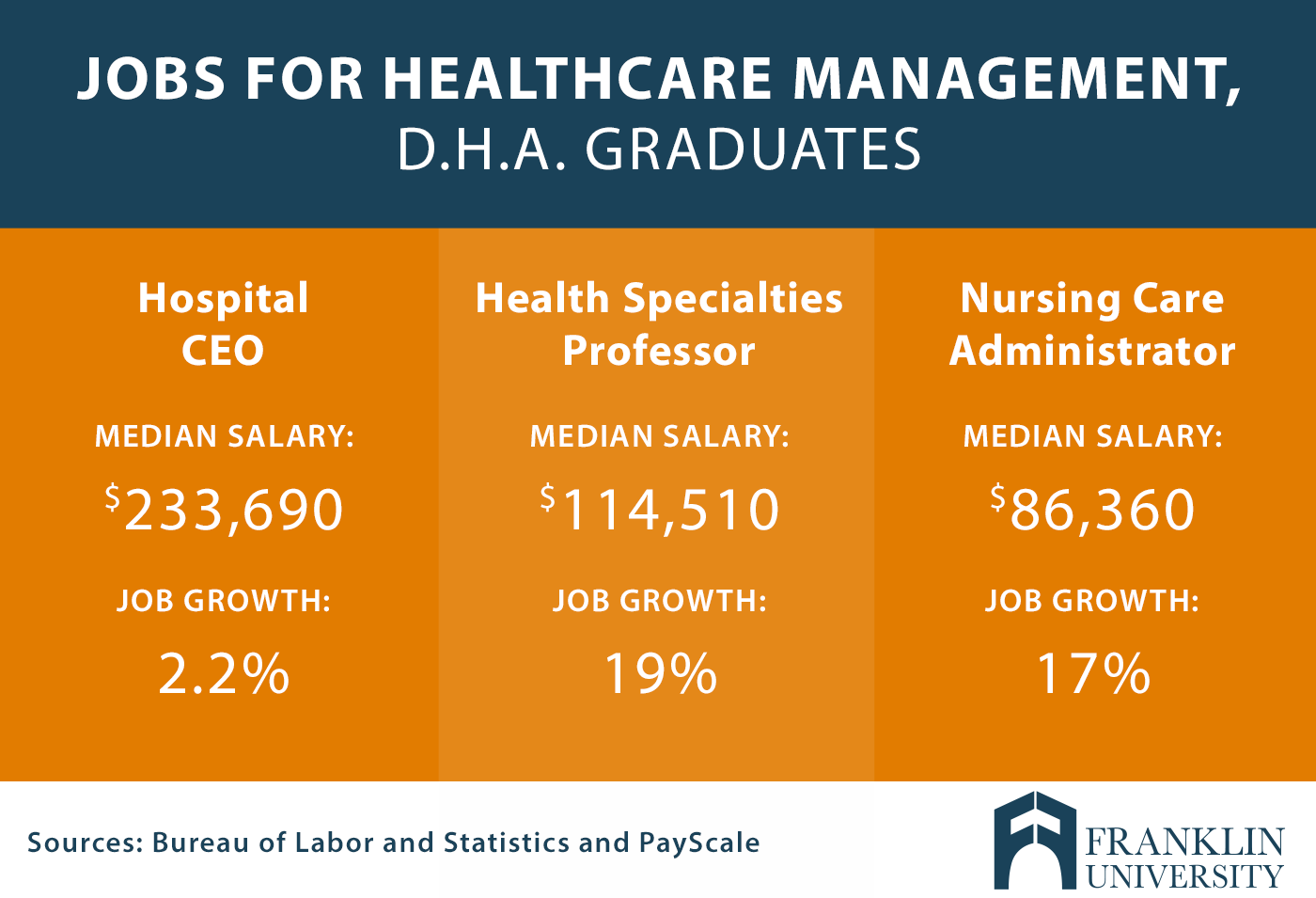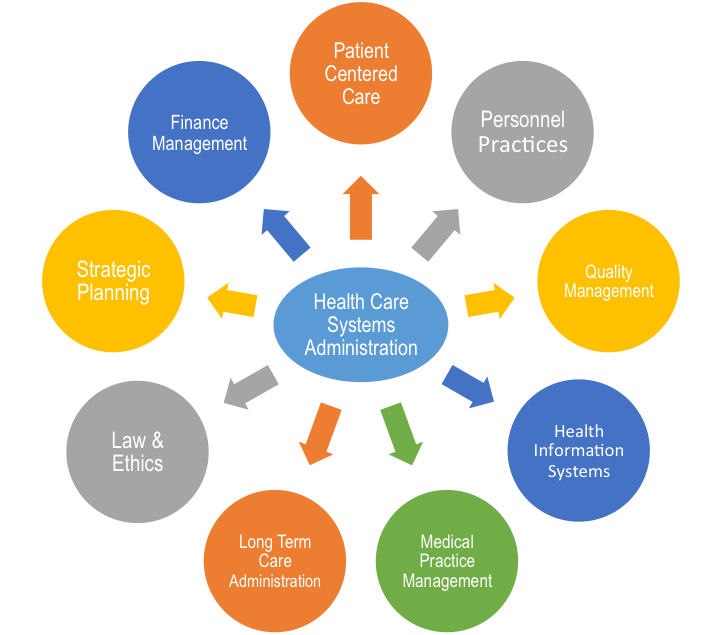As of May, Medicaid enrollment nationally was 73. 5 million. The administration's choice to broaden the " public charge" rule, which would permit federal migration officials to more quickly reject long-term residency status to those who depend upon particular public benefits, such as Medicaid, has discouraged lots of people from obtaining Medicaid, said Judith Solomon, senior fellow with the Center on Spending Plan and Policy Priorities, a research study group based in Washington, D.C.
But not all his proposals would help the senior citizens who depend on it. For example, revoking the Affordable Care Act would remove brand-new preventive benefits for Medicare enrollees and reopen the infamous "doughnut hole" that topics many seniors to big out-of-pocket expenses for prescription drugs, even if they have insurance.
And his spending plan for financial 2021 proposed Medicare cuts totaling $450 billion. At the same time, however, the administration executed policies considerably expanding payment for telehealth services as well as a kidney care initiative for the countless patients who get approved for Medicare as an outcome of advanced kidney disease.
The issue typically takes place when patients receive care at health facilities that are part of their insurance coverage network but are treated by practitioners who are not. Other sources of surprise billing include ambulance companies and emergency clinic doctors and anesthesiologists, to name a few specialties. An effort to end the practice stalled in Congress as some industry groups pushed back versus legislative proposals.
" At the end of the day, a lot of individuals in Congress did not really want to get something done," he said. Taking a different path, the administration completed a rule last November that needs hospitals to provide rate details to consumers. The guideline will take result Jan. 1. A federal judge shot down an effort by hospitals to obstruct the guideline, although appeals are expected.
" Perhaps, the No. 1 issue with surprise costs is that people have no concept what prices are prior to they receive care," he stated. However Adler said the rule would have a "really small effect" because most customers do not look at rates before deciding where to look for care particularly throughout emergency situations.
Some Of A Health Care Professional Is Caring For A Patient Who Is About To Begin Taking Losartan
The variety of opioid deaths has actually revealed a modest decrease after a Go here significant increase over the past decade. Overall, overdose death rates fell by 4% from 2017 to 2018 in the United States. New CDC information reveals that, over the very same duration, death rates involving heroin also decreased by 4% and overdose death rates including prescription drugs decreased by 13.
The administration increased moneying to expand treatment programs for people utilizing heroin and broadened access to naloxone, a medication that can reverse an overdose, stated Dr. Georges Benjamin, executive director of the American Public Health Association. Meanwhile, the country's obesity epidemic is worsening. Obesity, a threat factor for serious impacts of COVID-19, continues to end up being more typical, according to the CDC.
However the pandemic has actually been the major public health issue this administration has actually dealt with. "We were doing an affordable task addressing the opioid epidemic till COVID hit," Benjamin stated. "This shows the fragility of our health system, that we can not manage these three upsurges at the same time." [Update: This story was updated on Sept.
m. how does the health care tax credit affect my tax return. ET to add details about the administration's strategy to expand using health reimbursement arrangements and on Nov. 11 at 9:30 a. m. ET to repair the spelling of GoodRx.].
The American healthcare system in beleaguered with inequalities that have a disproportionate influence on people of color and other marginalized groups. These inequalities add to gaps in health insurance protection, uneven access to services, and poorer health outcomes among particular populations. African Americans bear the force of these healthcare challenges.
4 percent of the U.S. population. Over the span of a number of decades, namely given that the Civil liberty Acts of 1964 and 1968, they have had the ability to make noteworthy strides in American society. According to the Economic Policy Institute, instructional achievement has actually greatly increased, with more than 90 percent of African Americans aged 2529 having actually graduated from high school. College graduation rates have actually likewise improved among African Americans.
Not known Details About A Health Care Professional Who Is Advising A Patient About The Use Of An Expectorant
And as for own a home, simply over 40 percent of African Americans own a homea rate practically unchanged considering that 1968. African Americans are likewise living longer, and most of them have some form of health insurance protection. However, African Americans still experience health problem and infirmity at incredibly high rates and have lower life span than other racial and ethnic groups.
This report will analyze the state of healthcare protection for African Americans and shed a light on essential social factors that distinctively impact their health results. In an effort to draw ramifications from leading health care reform plans, suggestions are made for the method forward in guaranteeing that the physiological and social effects of racism are not left out in efforts to secure truly universal health care coverage in America (how to take care of your mental health).
Resolving their special challenges and point of views, including the prevalent impacts of racism, must be included in health reform efforts. The Affordable Care Act (ACA) has assisted to make sure health care protection for countless Americans. The uninsured rate among African Americans declined after the law was Click here! executed: of the more than 20 million people who have acquired coverage under the ACA, 2 (who led the reform efforts for mental health care in the united states?).
7 percent, while it was simply 5. 4 percent among whites. African Americans were most likely to be covered through employer-sponsored or private health insurance: 55 percent of African Americans used private medical insurance in 2018, while 41. 2 percent were registered in Medicaid or some other kind of public health insurance.
The typical household spends $8,200 (or 11 percent of family income) annually on healthcare premiums, and out-of-pocket expenses for things such as workplace go to copays, prescription drugs, and surprise or out of strategy medical expenses continue to wreak havoc on the monetary security of households. For African Americans, the typical yearly cost for health care premiums is nearly 20 percent of the typical family incomea major expense to bear, when taking into consideration earnings inequality and other financial challenges for this demographic.
5 million individuals that still do not have medical insurance protection, 45 percent point out cost as the factor for being uninsured. Moreover, the Commonwealth Fund estimates that an additional 87 million individuals (adults aged 19 to 64) are underinsured; that is, they have protection, however their plan causes abnormally high out-of-pocket expenses relative to earnings that can result in a stress on personal finances and even financial obligation.

How Which Of The Following Statements Is Not True get more info About Costs In The U.s. Health Care System? can Save You Time, Stress, and Money.
The lack of Medicaid growth in crucial states, health disparities, and healthcare supplier scarcities make it extremely hard to deal with America's healthcare requirements in a comprehensive method. And while these difficulties are elements that touch numerous Americans in different parts of the nation, the gravity of them is distinctively seen in the South, and among the African-American population.
